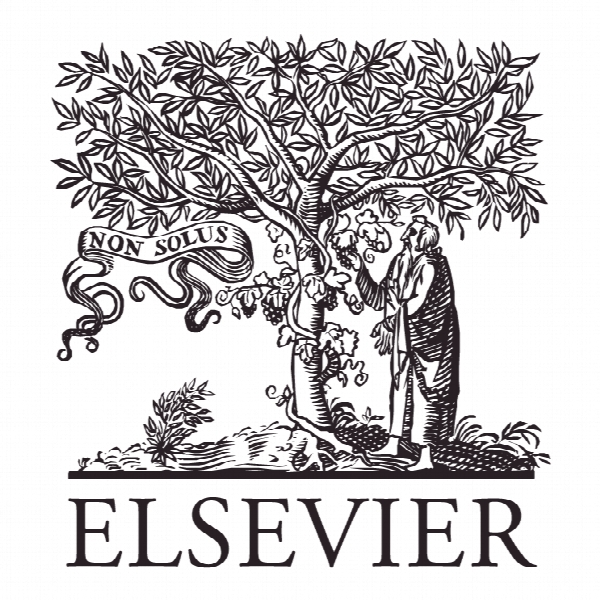بهبود دمای صحنه جرم در پرونده حشره شناسی قانونی Optimising crime scene temperature collection for forensic entomology casework
- نوع فایل : کتاب
- زبان : انگلیسی
- ناشر : Elsevier
- چاپ و سال / کشور: 2018
توضیحات
رشته های مرتبط مهندسی کشاورزی
گرایش های مرتبط حشره شناسی
مجله پزشکی قانونی بین المللی – Forensic Science International
دانشگاه Department of Pharmacy and Forensic Science – United Kingdom
شناسه دیجیتال – doi http://dx.doi.org/doi:10.1016/j.forsciint.2016.11.019
منتشر شده در نشریه الزویر
کلمات کلیدی انگلیسی forensic science, minPMI estimation, Stevenson Screen, temperature data logger, United Kingdom, body temperature, logger placement
گرایش های مرتبط حشره شناسی
مجله پزشکی قانونی بین المللی – Forensic Science International
دانشگاه Department of Pharmacy and Forensic Science – United Kingdom
شناسه دیجیتال – doi http://dx.doi.org/doi:10.1016/j.forsciint.2016.11.019
منتشر شده در نشریه الزویر
کلمات کلیدی انگلیسی forensic science, minPMI estimation, Stevenson Screen, temperature data logger, United Kingdom, body temperature, logger placement
Description
1. Introduction The study of insects and other arthropods in a medico-legal context, also known as forensic entomology, is an essential tool in legal cases, especially in death enquiries [1]. Traditional forensic pathology methods for time of death estimation, using post-mortem changes such as rigor mortis, reach their limits within 48-72 hours after death [2]. At that point forensic entomology becomes particularly important as knowledge of insect biology, ecology and identification can provide information such as post-mortem body relocations, environmental conditions at death occurrence and, most importantly, estimation of a minimum post-mortem interval (minPMI), i.e. the minimum time elapsed since death occurred, equivalent to when the indicator insects first infested the body. Recognition of the importance that insect specimens found on or in proximity to human cadavers are considered physical evidence and should be processed as such has been reported in the literature repeatedly over the years [3, 4]. In forensic entomology, as in all branches of forensic science, a common frame of guidelines and standards for collection, packaging and transport, preservation and identification of insect evidence is essential to ensure good practice and applicability in legal cases [4, 5, 6]. It is important that these guidelines and standards are always amended to what is understood as ‘best practice’ to date. The effects of seasonal temperature variations on decomposition of remains have been reported in a study in 2004, which observed that higher temperatures and rain increased decomposition rates [7]. As insect evidence involves working with living organisms, these are, naturally, influenced by external factors that determine their growth and development. The main factor influencing insect development rates and adult behaviour is temperature, because they are poikilothermic, i.e. their internal body temperature fluctuates with varying ambient temperatures [8, 9]. The importance of temperature in entomological investigations has been reported repeatedly in literature relating to this subject area – Hall et al. [10] provide a list of relevant publications. Not only is knowledge of scene temperatures essential for accurate minPMI estimations, it is also important for estimations of the pre-appearance interval (PAI) in insect succession patterns [11, 12]. Developmental rates vary between lower and upper temperature thresholds specific to each species, and can cease completely if the temperature falls below or rises above these, respectively [13]. Temperature development rates may also vary within the same species among different geographic regions.


